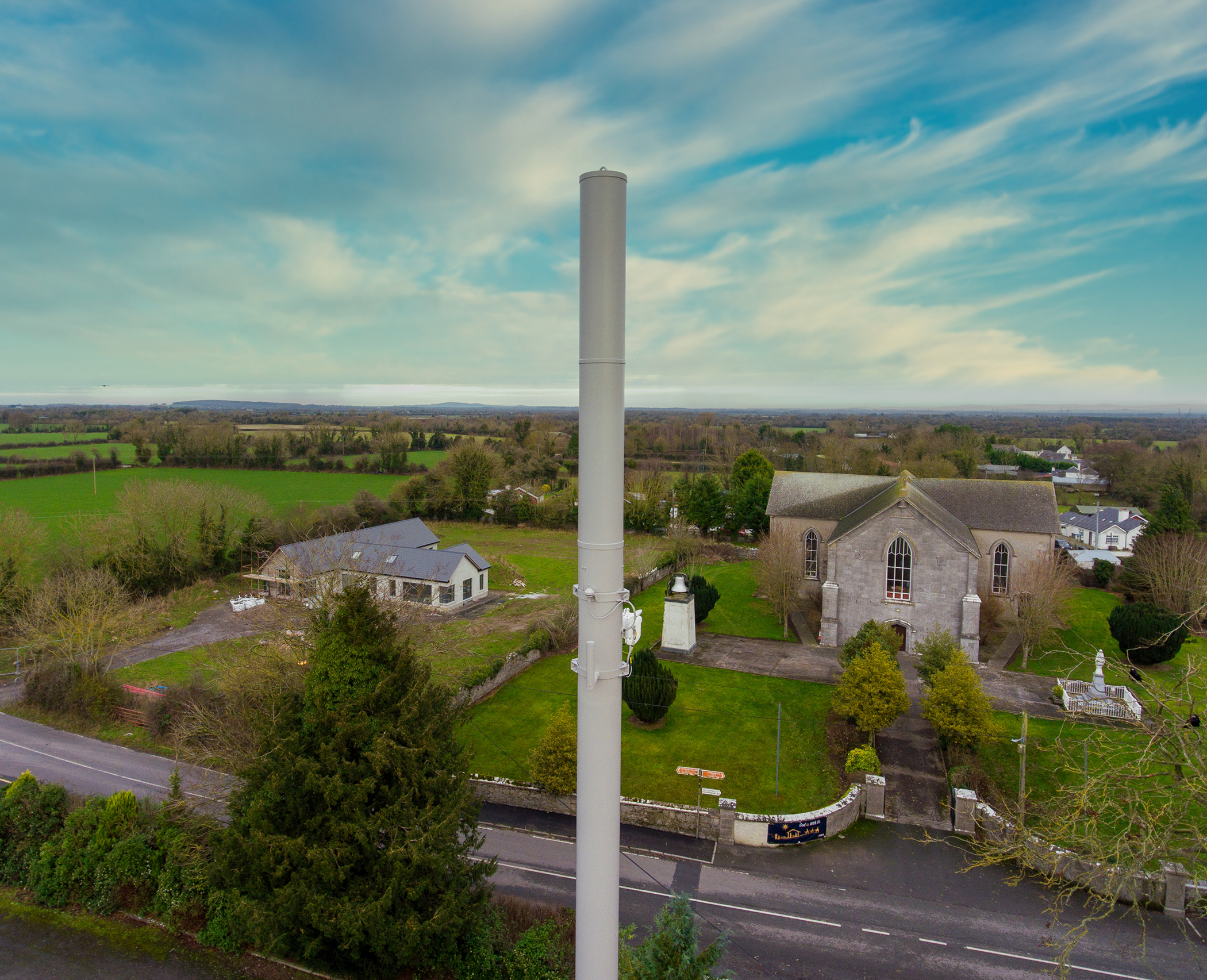The global pandemic has created a new normal that is continuing to fuel a permanent shift to remote work-from-anywhere (WFA) habits. As a result, reliable access to high-speed internet, video streaming and online conferencing is no longer just a ‘nice-to-have’ capability. Connectivity is now essential in this new ‘tele-everything’ world where work, healthcare, education, shopping, entertainment and social interactions are all online.
Moreover, as the WFA movement spreads population centers and work to smaller cities, peripheral suburbs and rural communities, improved digital access likewise needs to extend beyond urban areas. This population shift will only amplify the urgency around bridging the digital divide, such as in rural areas across the American Midwest, where a considerable amount of time and money has already been invested.
The ongoing transition to digital platforms — across all aspects of our daily lives — is driving an ever-increasing demand for always-on hyperconnectivity. And as network operators strive to build out mobile and fixed wireless capacity to meet this insatiable demand for data everywhere, the race is on to win 5G market supremacy.
Complex evolution
A rapid rise in commercial deployments has spurred increasing adoption of 5G, and as subscribers become more familiar with the next-generation technology, expectations for quality of experience (QoE) are rising just as quickly. Yet the delivery of improved QoE requires a densification of network topology beyond urban areas, which is proving challenging for many network operators.
All too often, plans to build out macro cell sites fail to receive approval from local authorities, as traditional panel antenna arrays are deemed too unsightly. This leaves many viable site locations seemingly out of reach, particularly in suburban neighborhoods. Likewise, while small cells might provide sufficient reach and capacity in dense urban areas, this approach is not feasible to enable widespread coverage in suburbs and rural communities due to the time and cost constraints.
Consequently, the evolution from 4G to 5G also is accelerating an evolution in macro cell site planning and design. Network operators need to densify coverage at a faster pace, while at the same time taking into account changing regulations around tower deployment. Today’s operators and infrastructure hosts are seeking innovative new ways to ensure seamless coverage and capacity, including more sophisticated integrated antenna designs.
Beyond camouflage
Moving away from large panel antennas, mobile and fixed wireless network operators are increasingly adopting integrated and concealed solutions like multi-band, tri-sector canister antennas. With a very slim profile, canister antennas offer an unobtrusive, aesthetically pleasing design that helps speed and simplify the process of securing site permits, allowing new services to be introduced more quickly. But unlike a simple concealed omnidirectional solution, tri-sector canister antennas that support high-gain, multiple frequency bands offer broad, sectorized coverage to better accommodate more complex converged 4G and 5G networks while still maintaining a small footprint.
As network operators strive to find new site locations that bring coverage closer to subscribers, we are seeing more innovative antenna designs deployed in public right of way locations as well. With a versatile design and small form factor, tri-sector canister antennas can be mounted on poles and rooftops, or integrated with municipal infrastructure such as streetlights, stoplights and public waste bins.
Among the dual-sector and tri-sector canister designs available, those that support multiple frequency bands not only streamline planning and zoning, they also reduce the number of antennas needed per site. Enabling a smaller footprint, the multi-band, tri-sector canister antenna provides a fast and efficient way to expand mobile coverage and capacity to suburban as well as rural communities to bridge the digital divide.
In addition to reducing capital and operational costs per site, multi-band canister antennas can allow two or more operators to co-locate easily in a smaller footprint. The promise of cost savings makes this approach appealing to legacy network operators who have invested heavily in new spectrum licenses, but it’s also a viable way for greenfield operators that don’t have an installed base of infrastructure to enter the lucrative 5G market.
Neutral territory
As the costs of building out ubiquitous 5G coverage continue to grow, more network operators are moving away from sharing towers and infrastructure on their own sites to a neutral host model. In fact, multi-band, tri-sector canister antennas are being increasingly adopted by neutral hosts in order to offer shared sites to multiple network operators, as well as directly to municipalities to improve connectivity in their communities.
For example, leading neutral host provider Cellnex Ireland recently deployed multi-band, tri-sector canister antennas to meet the demands of their customers’ network rollouts. Cellnex is building out new 4G/5G, multi-operator, neutral host sites to bring enhanced coverage and capacity to ‘dead zones’ or ‘mobile black-spots’ that have traditionally presented deployment challenges in both rural and suburban communities across Ireland. Likewise, leading Irish operator Eir also has deployed tri-sector antenna solutions as they expand Ireland’s largest 5G mobile network.
No more ‘not spots’
As more segments of the population rely on seamless connectivity in their daily lives, both at work and at home, digital transformation is further accelerating the 5G expansion and driving rapid changes in telecom infrastructure. With QoE expectations growing, network operators face greater urgency to overcome the challenges inherent in 5G buildout and eliminate the coverage gaps that can lead to poor network performance.
Growing interest in the neutral site host model is helping network operators address the economic pressures of building out coverage, making it commercially viable to get 5G services to market faster in times of rising connectivity demands. And innovative new integrated antenna designs are allowing both operators and neutral host providers to expand 5G coverage and capacity even as they shrink their cell site footprint and costs.

